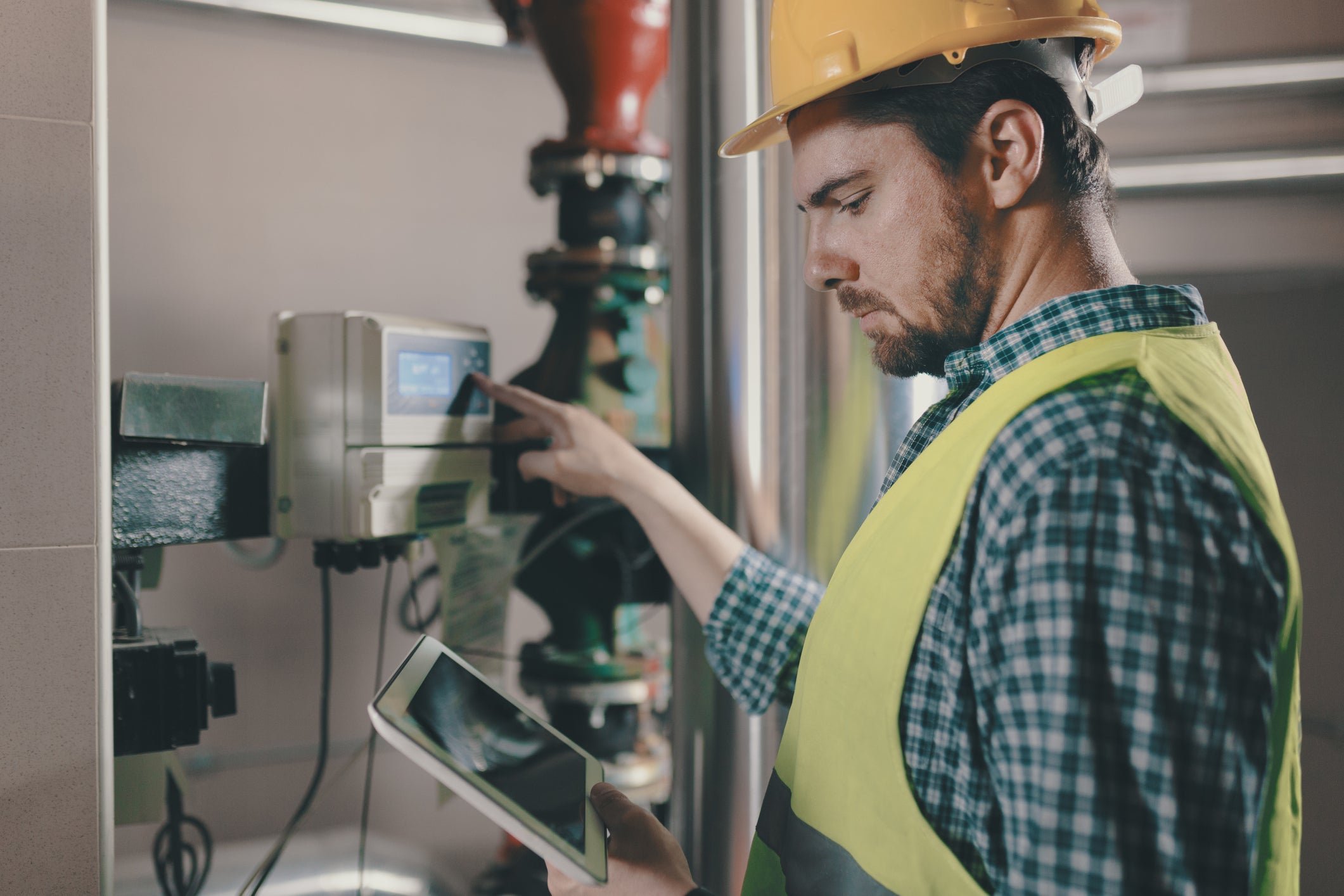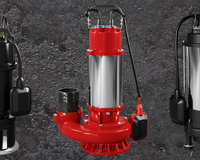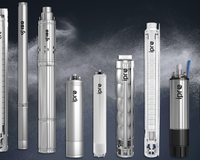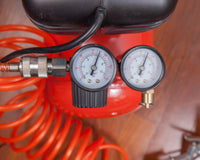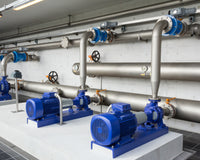Various types of pumps that are used in home use, agriculture, as well as in many areas of industry, significantly facilitate the tasks related to pumping out water, as well as delivering it to collection points. However, in order for their action to be trouble -free, they must be well protected against dry -one and overload, which could seriously damage them. We suggest how to protect them against the risk of failure.
Why can a drywood and overload be dangerous to pumps?
Drywood It can occur both in the work of deep and immersion pumps. There can be several reasons for this - from mounting the pump too close to the water mirror, through its lowering, to the selection of too high efficiency of the device in relation to the parameters of the well. It is very dangerous, because it is generally difficult to realize that it has occurred and it may be too late to react. The pump that works dry is not able to cool the engine, as a result of which hydraulic elements may be blurred, and even to seriously damage the control unit.
Equally dangerous phenomenon is overloadwhich can bring similar effects. Its cause is usually the installation of the pump too close to the bottom. This can cause sand and silt suck, which in turn leads to faster wear of the pumping parts, and, as a consequence, to a serious overheating of the engine. As both phenomena are dangerous for the pump, it's worth knowing how to prevent them.
The best ways to protect the pump
There are several ways that can help protect the pump against dry -working and overload. These include:
- proper assembly of the pump - The pump should be installed at such a depth that the lowest, dynamic water mirror level (water mirror level determined during uninterrupted pumping at a free output) is a minimum of 2 m above the pump's discharge. If the performance of the well prevents such assembly (the well is not enough in relation to the pump performance), then the valve that restricts flow constantly on the discharge pipeline can be mounted on the discharge pipeline, or the protection against the dry -one, monitoring the water mirror levels and in the event of danger
- Installation of pressure switches - is a fairly simple solution, whose task is to control the pump operation and turn off at the time of pressure drops,
- Installation of water level sensors - Sensors of this type are placed in the well and are designed to monitor the water mirror level. At the time of its reduction to a specific level, they turn off the pump and turn it on again when the water returns to the proper depth ceiling,
- The use of modern control devices - a comprehensive solution is to use modern pump controllers. They secure and control the work of deep, skewer and surface pumps. They protect them from a drywood, a drop in tension and overload,
- use of inverter - It is a device that comprehensively controls the operation of pumps. Its biggest advantages also include the fact that it guarantees constant pressure regardless of water intake. In turn, the elimination of pressure jumping is a longer life of the pump and installation resulting from the lack of so -called hydraulic impact. The pump in which the inverter was used is perfectly protected against overload, low and high voltage, disappearance and asymmetry of the phase, as well as from the drywall.
In summary, there are many ways that help protect deep and submersible pumps from dry -one and overload. It is certainly worth choosing at least one of them to be sure that the pumps will work trouble -free for many years.

